'A candy store for smugglers': Step inside the million-dollar drug tunnels that 'riddle' the US-Mexico border
“Many, many years ago, they were a very unsophisticated. They weren't very long. They were relatively short,” Vigil said. The first so-called narco tunnel was built in 1989, by the Sinaloa cartel of Joaquín "El Chapo" Guzmán.

You look at some tunnels which are very, very basic, and I've been to look at some of these from the US side," Grillo said. "And you see that they're quite basic, you know, shovel, get in there, and kind of dig through under the border quite basically.
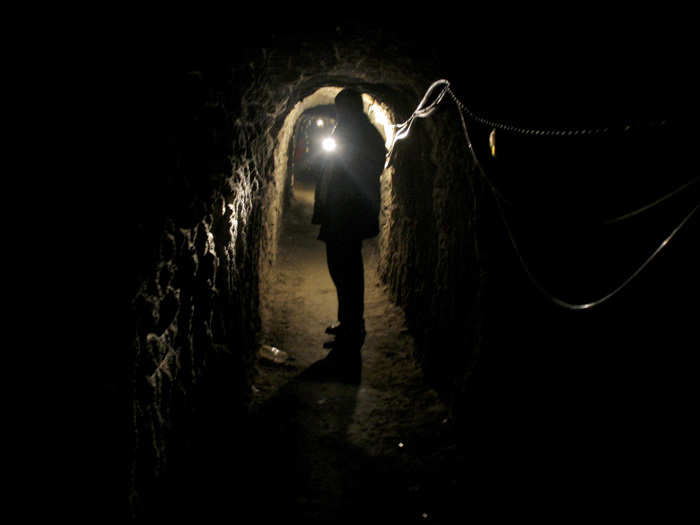
Over the past 25 years, authorities have found 181 narco tunnels under the US-Mexican border, according to The New Yorker. Most of those have been short, narrow passages, or "gopher holes."
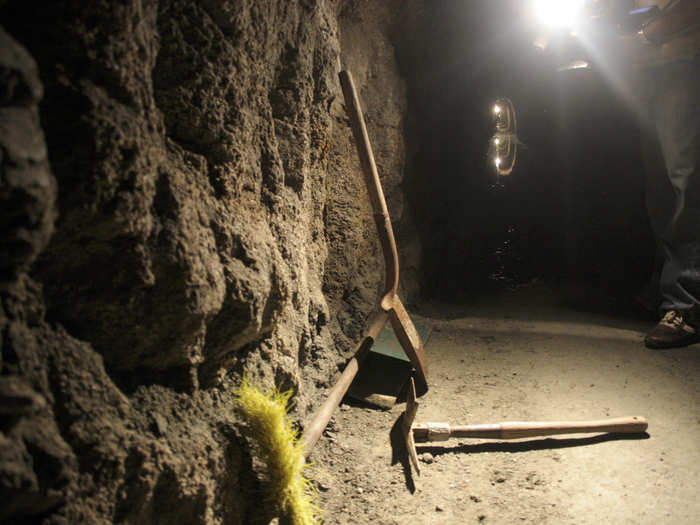
Source: The New Yorker
Narco tunnels have proliferated along the US-Mexico border, but it was the Sinaloa cartel that pioneered this method of subterranean smuggling, first in its area of influence along the Arizona border, expanding all along the frontier as the cartel grew in power.
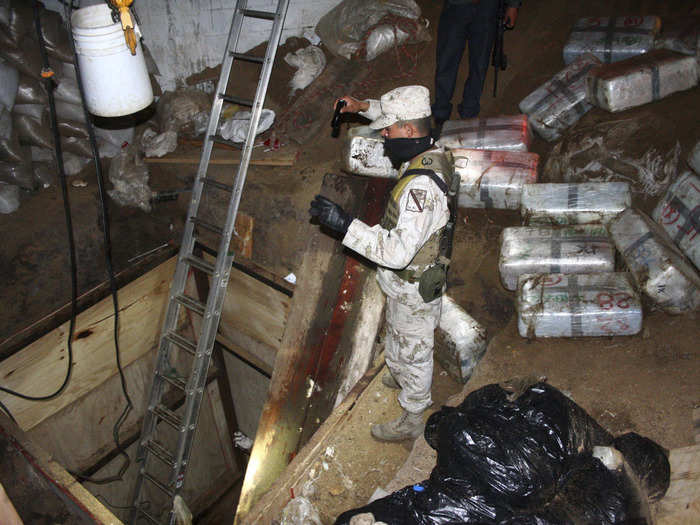
Source: The New Yorker
The Sinaloa cartel, under Guzmán's direction, "basically was the impetus for building tunnels across into the United States," Vigil said. "They started to then put in ventilation. They started to put in lighting, railroad carts to facilitate the movement of drugs and actually illegal aliens through those tunnels, and they became much longer, and they started to riddle the Mexican border with a massive amount of tunnels."
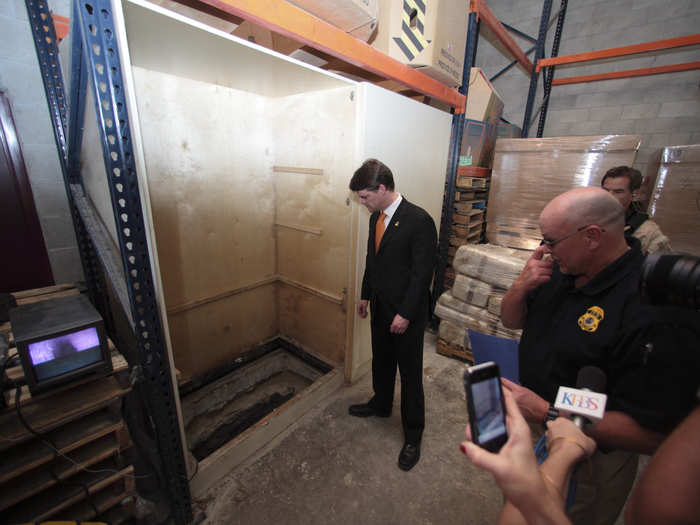
The Sinaloa cartel's tunneling activity is heavily concentrated in the Tijuana area. Many of them have been found to stretch from Garita de Otay, an industrial area in the northern part of the city, to Otay Mesa, a neighborhood in San Diego that "consists of highways, strip malls, and a few hundred warehouses clustered near the border."
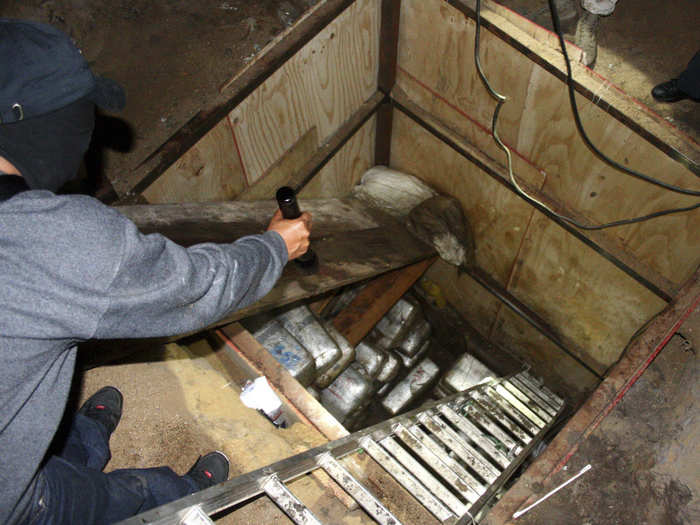
The industrial activity and infrastructure on both sides of the border in the Tijuana-San Diego area has been a boon to smugglers. As Monte Reel wrote in The New Yorker in August 2015:
The amount of warehouse space in Otay Mesa has nearly quadrupled since the mid-nineties, and the expansion has been almost as frenetic in Garita de Otay. Forklifts, jackhammers, and heavy vehicles attract little attention. Cartel trucks back into loading bays, pallets are loaded in, and the drugs are delivered north to distribution hubs. There are three official border crossings near Otay Mesa; one, for commercial vehicles, is inside the industrial zone. “All of this has created a candy store for smugglers,” a U.S. agent told me. “This whole area belongs to them.”
Source: The New Yorker
Otay Mesa sits on a plateau that crosses the US-Mexico border. The ground there "is made of clay called bentonite that is self-supporting and as workable as wax."
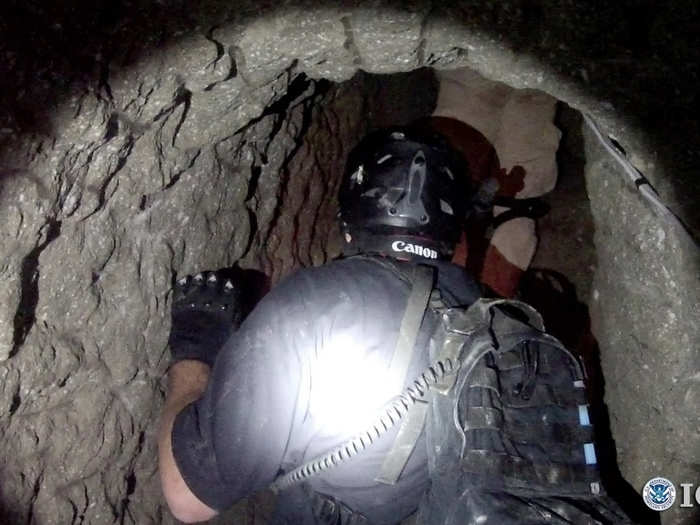
Source: GQ
Cartel laborers dig down into this layer of clay, which is sturdier than normal soil and reduces the need for bracing and other infrastructure to shore up the passageway, Vigil told Business Insider.
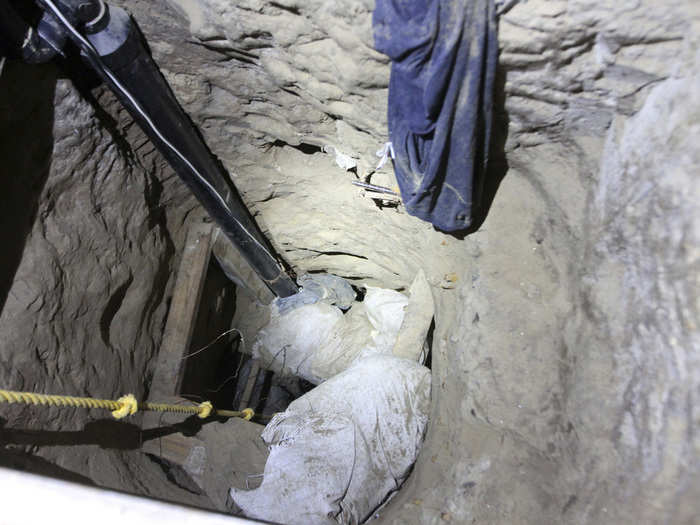
"In Otay Mesa, the soil is soft enough to be dug by hand, yet firm enough so that the tunnel walls can often stand without wood or concrete reinforcement," Reel reported for The New Yorker.
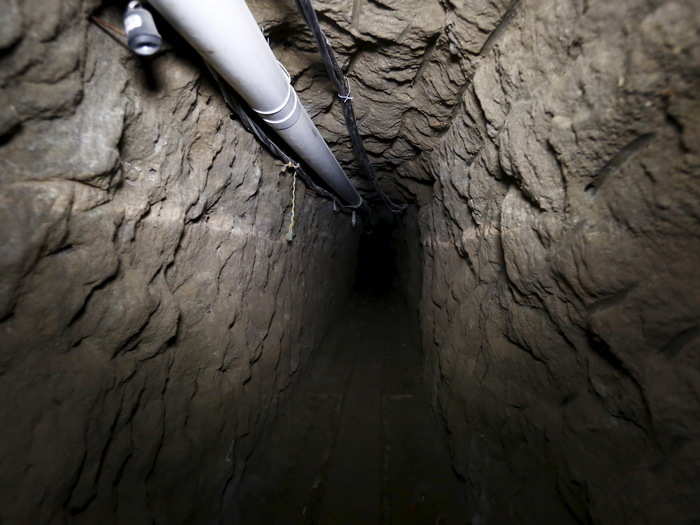
Source: The New Yorker
Industrial activity, as well as the flow of people and cargo between Tijuana and San Diego, provides excellent cover for illegal activity. "The bottom line is, you can probably shoot a bullet in the air and it’ll land on a warehouse that’s doing something illegal in this area," Tim Durst, then the supervisor of the San Diego Tunnel Task Force, told GQ in 2014.

Source: GQ
The Sinaloa cartel developed its tunnel-building technique rapidly. Soon Guzmán's organization was constructing massive passages, hundreds of meters long, equipped with electricity, ventilation, and transport systems. "They've got skilled engineers making these, people who are qualified engineers, who will reinforce that tunnel, make it big, and have it so you bring actually rails on them, with trains, electric lights, air vents — very important, the air vents," Gillo told Business Insider.
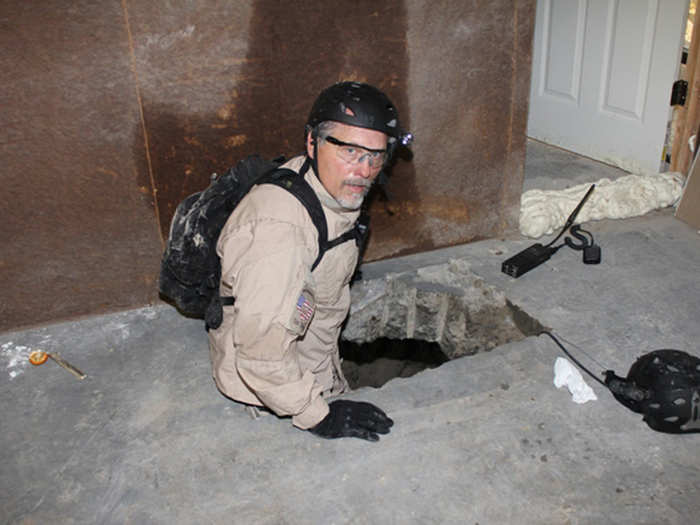
One of the Sinaloa cartel's first tunneling gurus was Felipe de Jesus Corona-Verbera, who graduated from architecture school at the University of Guadalajara in 1980. Corona, who was close with Guzmán, was the driving force behind the cartel's first major tunnel, which connected Agua Prieta in Mexico with Douglas, Arizona.
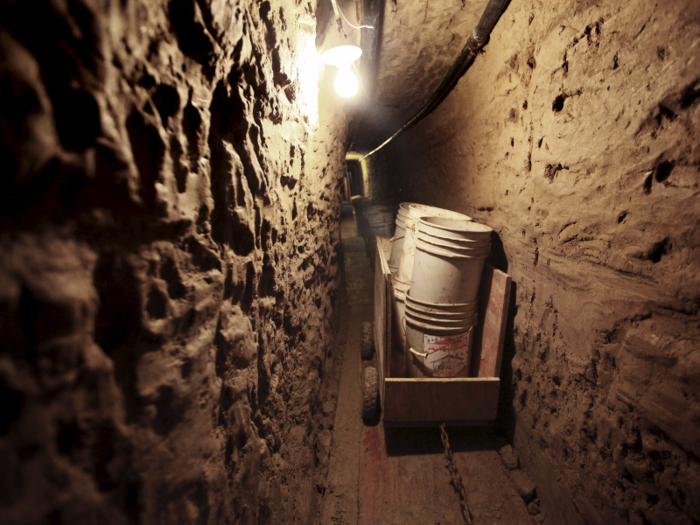
Source: The New Yorker
The Agua Prieta-Douglas tunnel was a marvel, and it allowed the Sinaloa cartel to quickly expand its business — so quickly that the Colombians supplying them the cocaine started calling Guzmán "El Rapido."
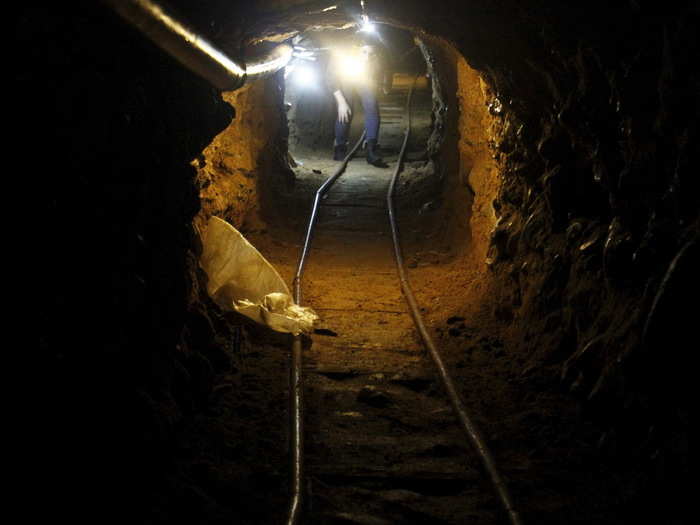
“Corona made a f------ cool tunnel. Tell them to send all the drugs they can send,” Guzmán said, according to a former Sinaloa cartel member questioned by US prosecutors.
Source: The New Yorker
The Sinaloa cartel later had another tunnel mastermind: Jose Sanchez-Villalobos.
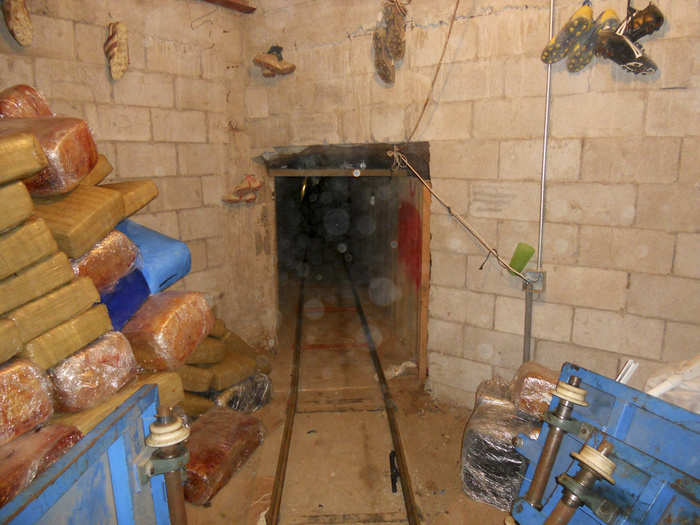
Villalobos was an adept manager who coordinated multiple tunnel projects while keeping a low profile. “Nothing I’ve ever seen criminally has worked as efficiently as it did when he was the boss,” an agent told The New Yorker.
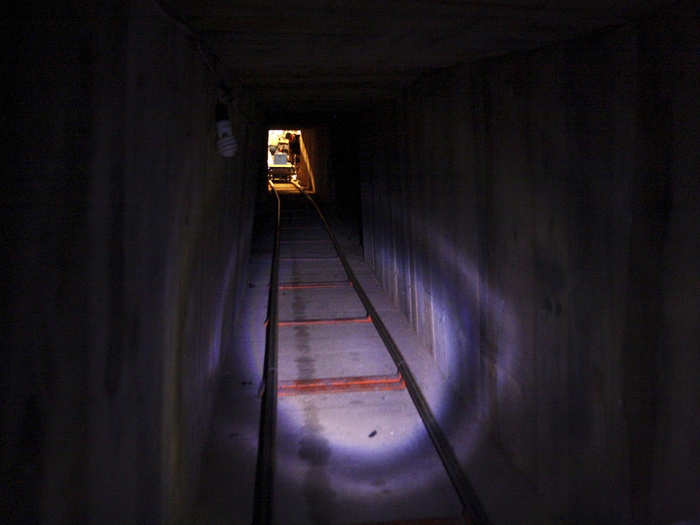
Source: The New Yorker
Villalobos was arrested in early 2012 in Guadalajara. A Mexican court ordered his extradition to the US in late 2013, but he appealed. While his case made its way through the courts, Villalobos was held in the same high-security wing at Altiplano prison as his boss, Guzmán.
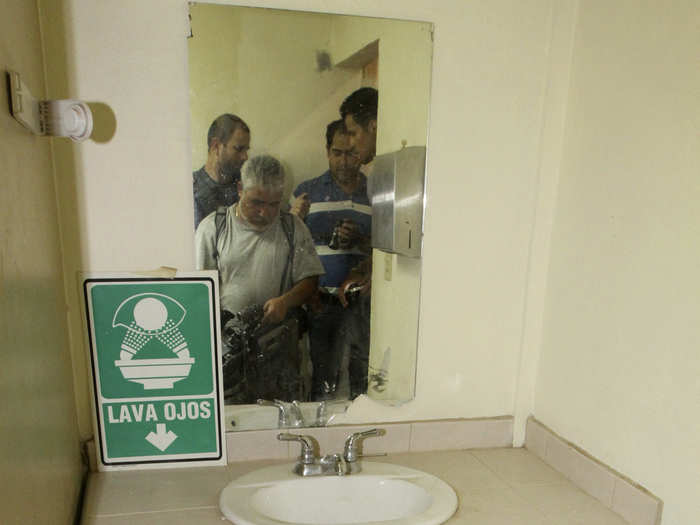
Guzmán escaped Altiplano prison in July 2015, through a complex, mile-long tunnel. Based on their presence in the same prison wing, as well as similarities in the construction of the tunnel, conspiracies circulated that Villalobos had some how helped coordinate the breakout while he was behind bars himself.
The cartels often rely on forced labor to dig the tunnels. Poor Mexicans, frequently from the interior of the country, have been known to take work offers from cartel operators, only to find themselves locked in warehouses, working in shifts to dig north.
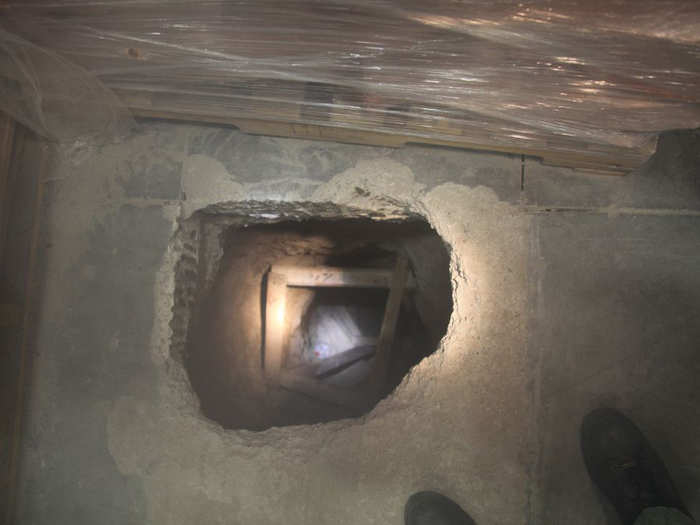
"They're gonna grab these kids and are gonna hold them hostage until they finish the work," DEA Phoenix Special Agent in Charge Doug Coleman told an Arizona NBC affiliate in 2015. "Federal officials estimate it can take nine months or more to build the typical drug tunnel. 'Sometimes they (cartel leaders) pay them. Sometimes they don't. Sometimes when the job is over they will make them disappear,'" Colemen said.
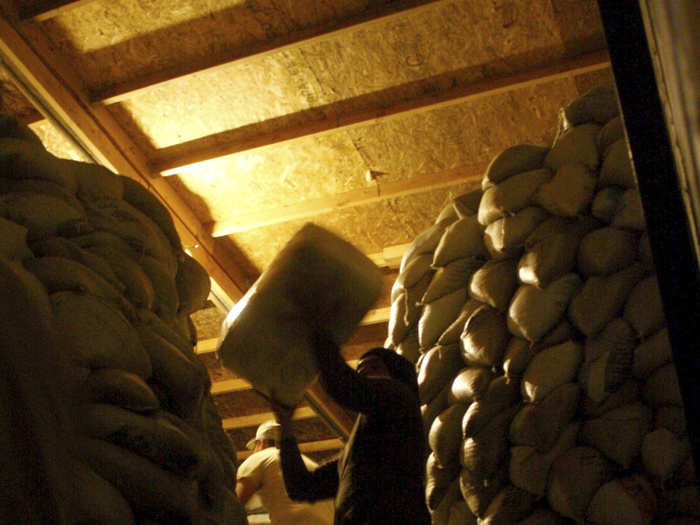
Source: 12 News Arizona
Though the labor may be coerced, the engineering that goes into the tunnels is quite sophisticated. The Sinaloa cartel employs "tremendous mining engineers that know their business," Vigil said. "They understand the oxygen, and today they use this Total Station, which is a state-of-the-art instrument for constructing tunnels."
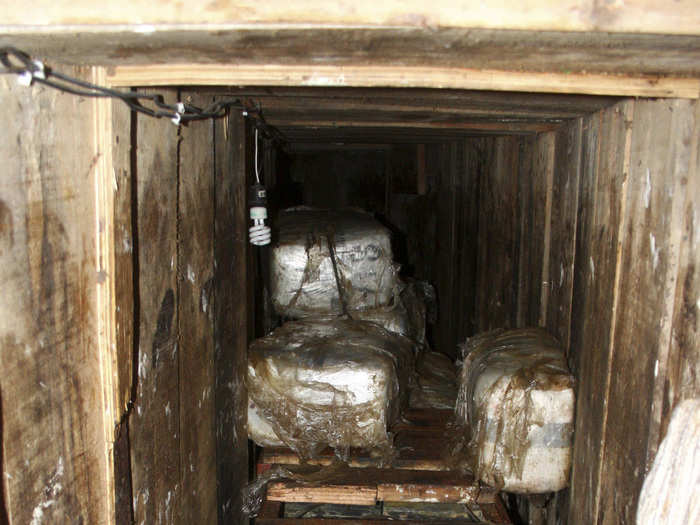
Total Station is a line of surveying units used to measure and plot various construction projects.
The equipment used by cartel engineers "allows you to build a tunnel for quite a distance with maybe about a 6- to 8-inch variable," Vigil told Business Insider.
"And what it does is it shoots out a laser, and they use a prism, a crystal prism, it bounces the laser back and they shoot measurements on a regular basis as they're building a tunnel to make sure that it is going in the proper direction, because when you're underground a GPS unit will not work."
Authorities have also come across equipment used by gas and drilling companies, including horizontal directional drilling machines, which are used to build pipelines.
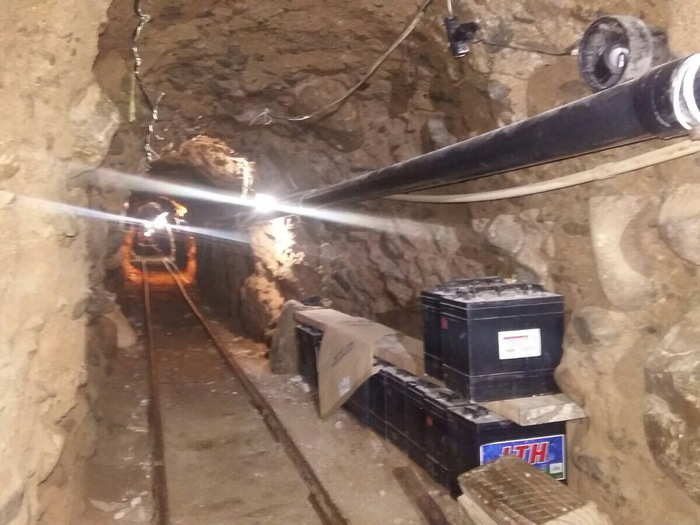
Source: GQ
With some training, a single operator can drill a thousand-foot-long tunnel, burrowing at any angle, in a matter of weeks. The most advanced [horizontal directional drilling machines] monitor your progress in real time while a self-feeding system automatically lays pipe," Jason Kersten wrote for GQ in early 2014. "The biggest industrial rigs can drill holes five feet in diameter, wide enough for a human.
![With some training, a single operator can drill a thousand-foot-long tunnel, burrowing at any angle, in a matter of weeks. The most advanced [horizontal directional drilling machines] monitor your progress in real time while a self-feeding system automatically lays pipe," Jason Kersten wrote for GQ in early 2014. "The biggest industrial rigs can drill holes five feet in diameter, wide enough for a human.](https://staticbiassets.in/thumb/msid-51663399,width-700,height-525,imgsize-2975622/with-some-training-a-single-operator-can-drill-a-thousand-foot-long-tunnel-burrowing-at-any-angle-in-a-matter-of-weeks-the-most-advanced-horizontal-directional-drilling-machines-monitor-your-progress-in-real-time-while-a-self-feeding-system-automatically-lays-pipe-jason-kersten-wrote-for-gq-in-early-2014-the-biggest-industrial-rigs-can-drill-holes-five-feet-in-diameter-wide-enough-for-a-human-.jpg)
Source: GQ
Later, they figured it was easier to build tunnels into the drainage system that traversed the US-Mexico border, because it saves a lot of time and saved a lot money," Vigil told Business Insider. "So what they would do is build the tunnel, hit the drainage system, and then use that drainage system to come up on the US side.
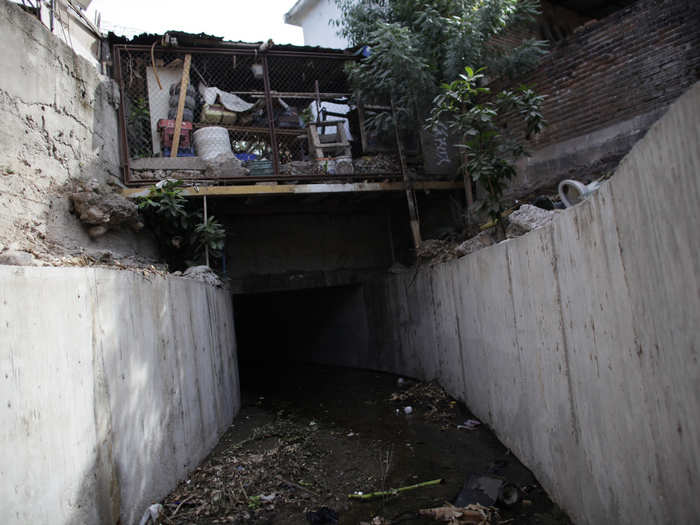
When I was in San Diego, there were some people from Sinaloa — we know it was the Sinaloa cartel — that rented a house and what they did is they built a tunnel in the bedroom, they took out tiles, built a tunnel, probably about 15 feet down, and then started excavate, and they hit a drainage system," Vigil said. They "came out underneath the international wall there separating Tijuana and San Diego, and they went to the drainage system and there was a huge parking lot there, a public parking area where people would park their cars and then they could just literally walk across the border.
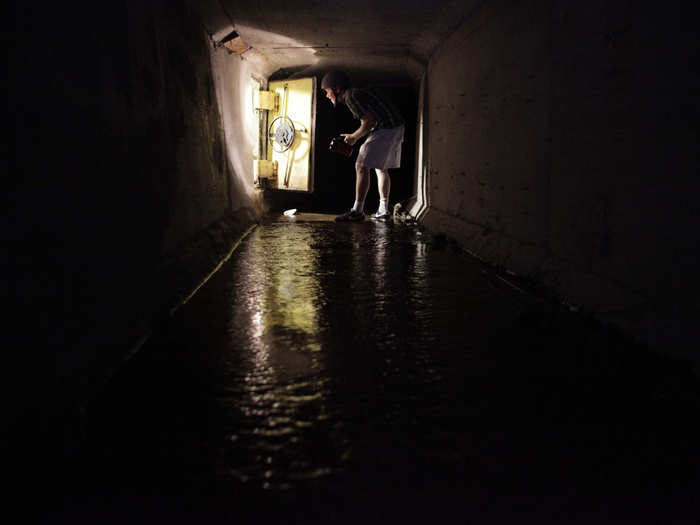
"So they would park a truck on top of — right next to the fence — and they had the belly of the vehicle that opened up. It had trap doors and they would park on top of a manhole cover, which was then lifted and then they would start passing up packages, drugs, into the belly of the truck" Vigil continued.
"The only reason that we were able to locate that tunnel is because somebody tripped a sensor right next to the international wall, and we responded and found the truck, which was literally loaded with weed. But that's basically what they're doing, is tapping into the drainage systems."
The tunnels have been used for a variety of contraband, but they are most suited to marijuana smuggling. Bulky and odorous, marijuana shipments are more troublesome to take through customs on the ground.
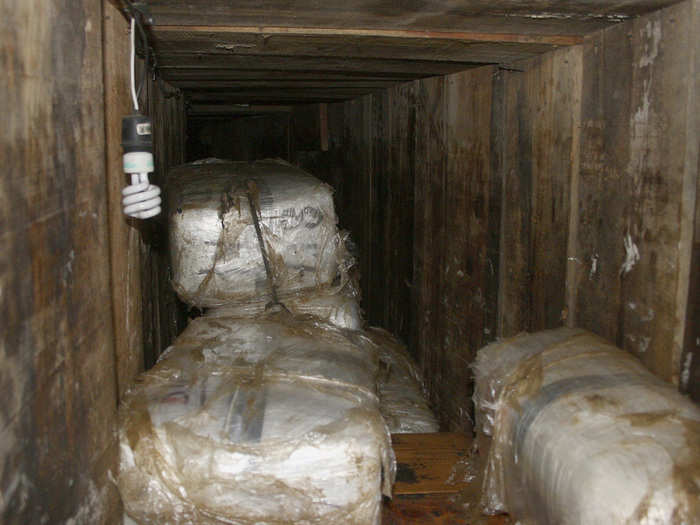
Marijuana is grown extensively in Mexico, particularly in the region where Guzmán grew up in Sinaloa and neighboring Sonora. Smugglers moving mass quantities of it through tunnels can reap huge profits.
Source: The New Yorker
Despite the extensive effort that goes into constructing narco tunnels, and the huge loads that travel through them, they are often hard to detect. "US-Mexico border is literally riddled with tunnels, and the big problem is that there's no technology that can detect those tunnels," Vigil told Business Insider. For every tunnel found, about 10 go undetected, he said.
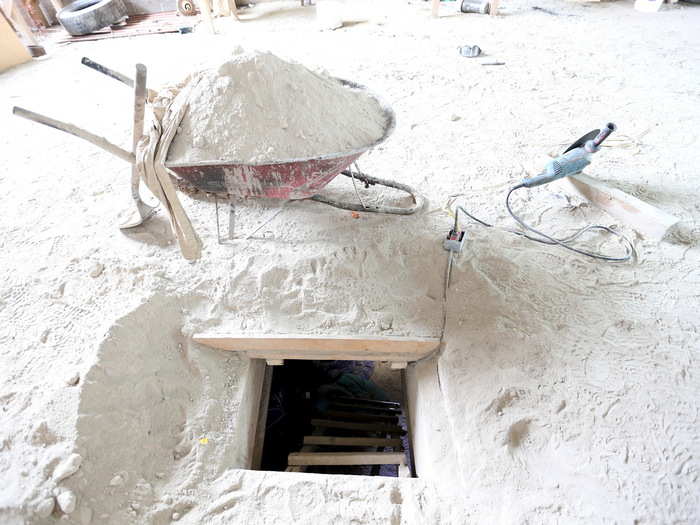
"They have things that measure the density of the earth, but when you get into those areas it's very sand, so it's very loose soil, so you get a lot of false readings. The only way that you can find those tunnels is sometimes they cave in, but normally it's through information, informants that know where the tunnels are located at, or there's suspicious activity taking place," Vigil added.
"But it requires a lot joint efforts between Mexico and the United States to find the entrance and then also the exit of those tunnels, requires very specific information, and most of it comes through informants."
The ground in the area around Otay Mesa has proven especially impenetrable for law-enforcement detection methods. "Most deep-set geophysical variations—seams of rock, mismatched strata of soil, and excavation projects—show up as indistinct lines," on the screens of the ground-penetrating radar machines that authorities use. To investigate each suspicious blip would cost too much.
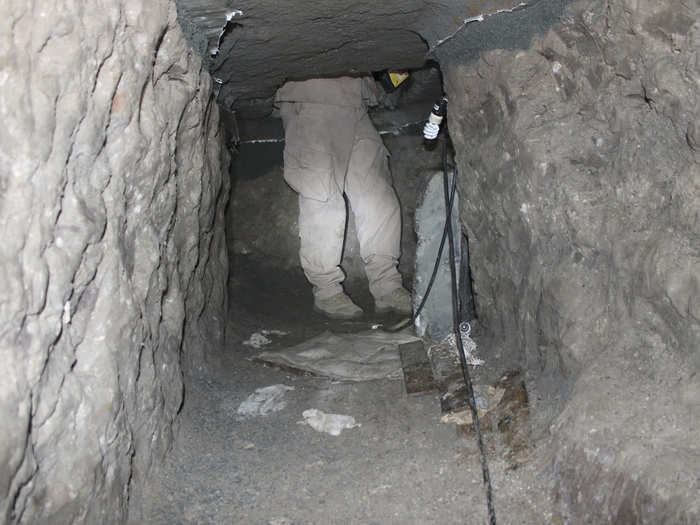
Source: The New Yorker
Narco tunnels are hard to detect, extremely lucrative, and cartels have become adept at constructing them — all of which means that tunnel task forces on both sides of the border won't have a shortage of work anytime soon.
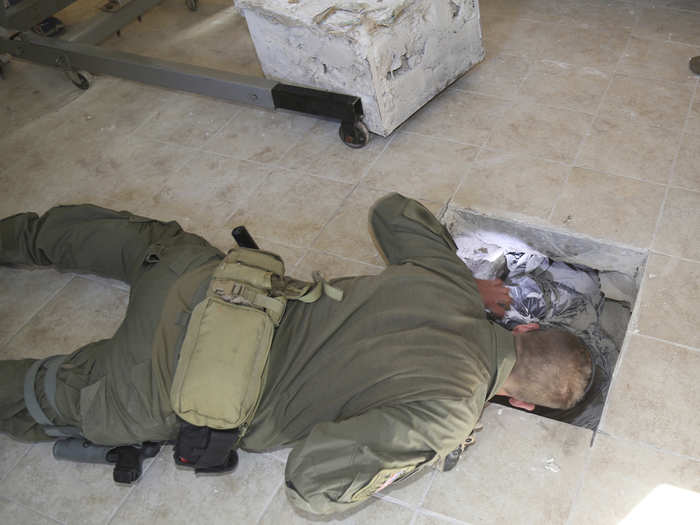
Source: GQ
I would say a normal tunnel will run anywhere from — depending on the length and complexity — anywhere from $1 to maybe $3 million," Vigil said. "And the fact of the matter is that once you run one or two loads that tunnel is paid for. You've paid for the tunnel. So is it worth it to them? Without question.
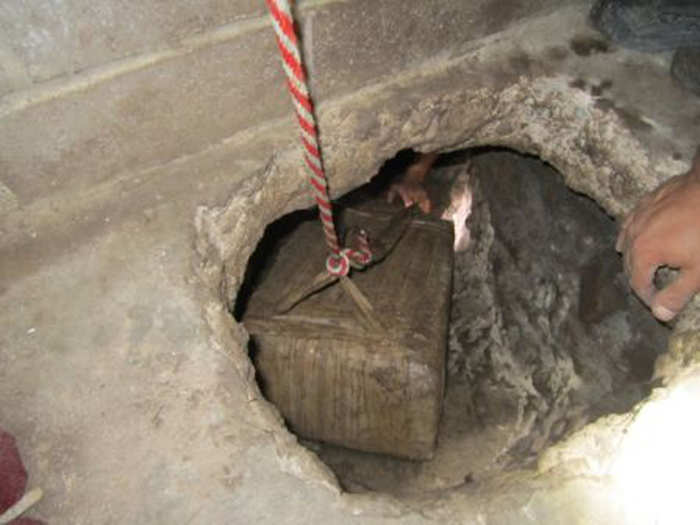
If cartel operators can use horizontal directional drilling rigs effectively, "not even the Rio Grande will be an obstacle. They’ll be able to dig tunnels within weeks, shrinking them to the size of plumbing pipes, and literally drill into the United States almost anywhere along the border they choose."
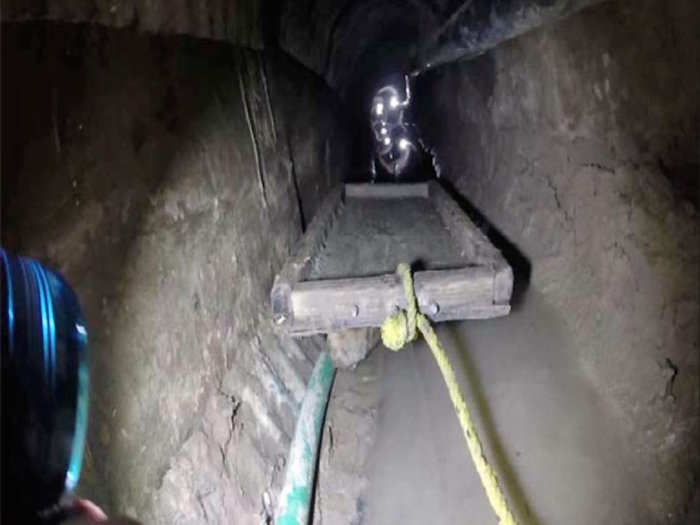
In a 2015 case that did not appear to involve horizontal directional drilling, smugglers were discovered transporting drugs through a partially underwater tunnel from Mexicali, Mexico, north into California. Their tunnel ended in the water of the All American Canal, where divers would retrieve drug bundles.
Source: GQ
The average lifespan [of a tunnel] could be a perpetual ... unless you have specific information from a human source, or there's unusual activity detected that would warrant a closer look, you're not going to fine those tunnels," Vigil told Business Insider. Tunnels are "a smuggling method that will probably continue and probably increase in the future, especially with the increased border patrols and the surveillance that is taking place along the border.
![The average lifespan [of a tunnel] could be a perpetual ... unless you have specific information from a human source, or there](https://staticbiassets.in/thumb/msid-51663415,width-700,height-525,imgsize-2932834/the-average-lifespan-of-a-tunnel-could-be-a-perpetual-unless-you-have-specific-information-from-a-human-source-or-theres-unusual-activity-detected-that-would-warrant-a-closer-look-youre-not-going-to-fine-those-tunnels-vigil-told-business-insider-tunnels-are-a-smuggling-method-that-will-probably-continue-and-probably-increase-in-the-future-especially-with-the-increased-border-patrols-and-the-surveillance-that-is-taking-place-along-the-border-.jpg)
Popular Right Now
Popular Keywords
Advertisement